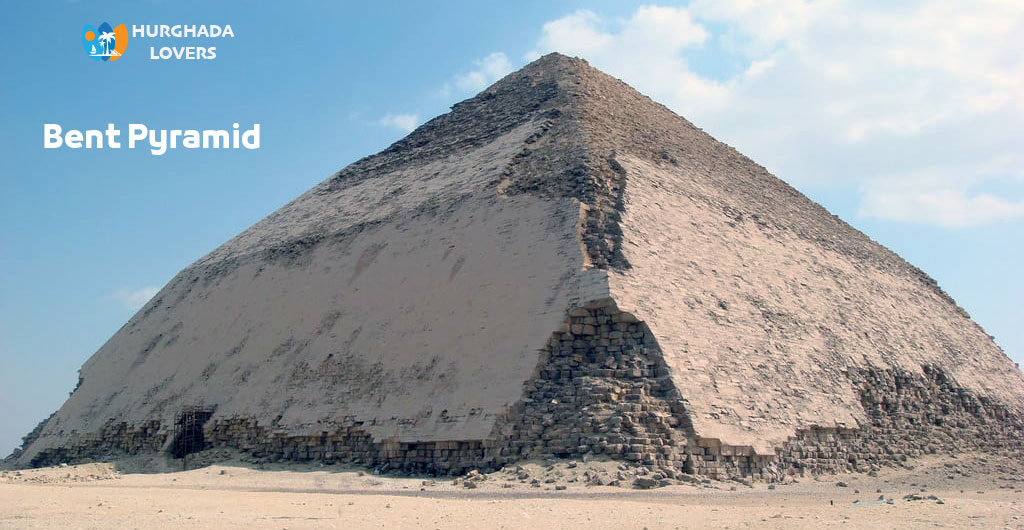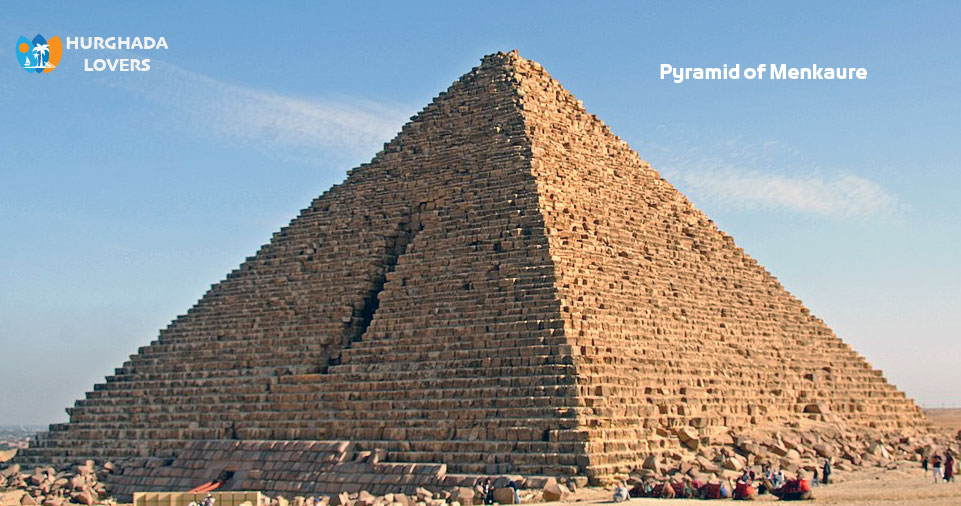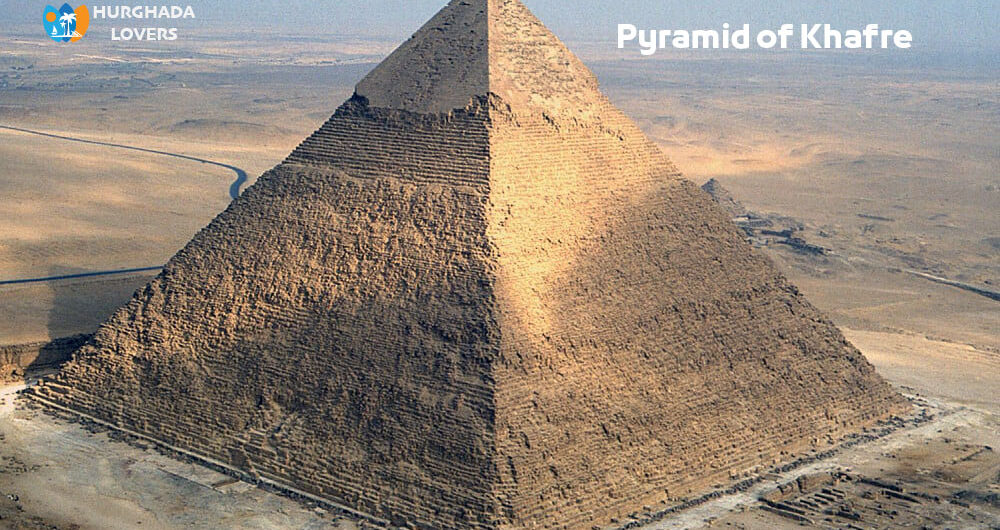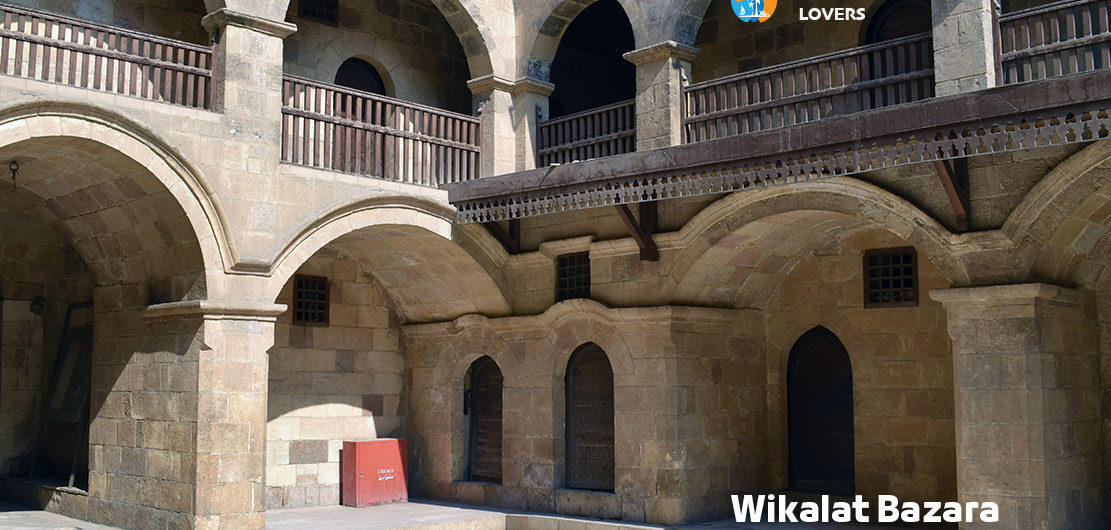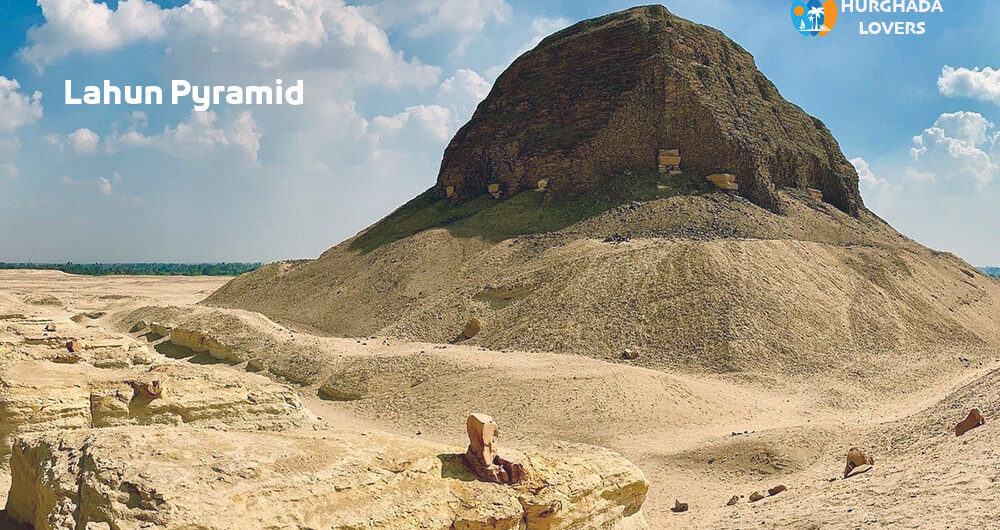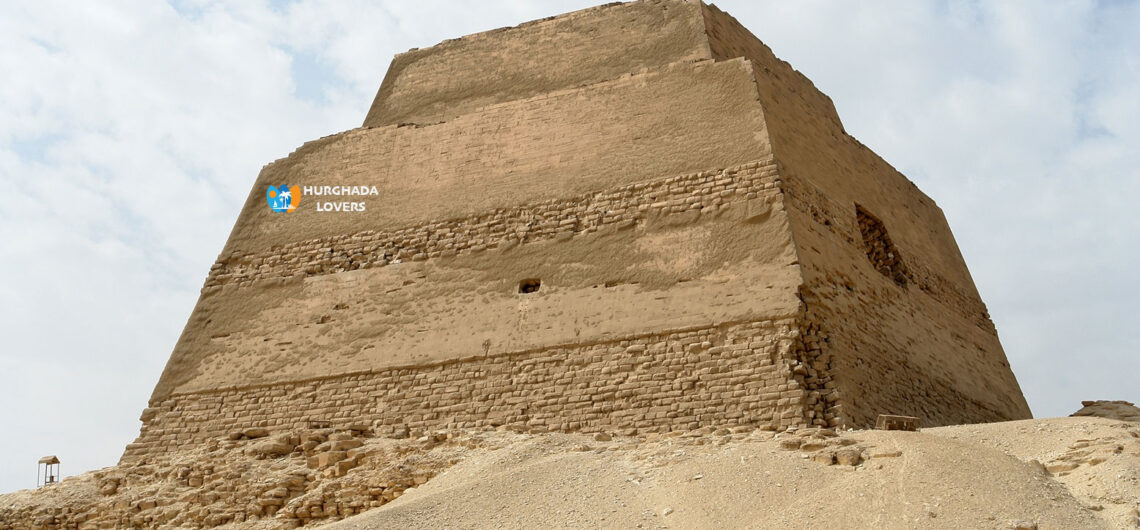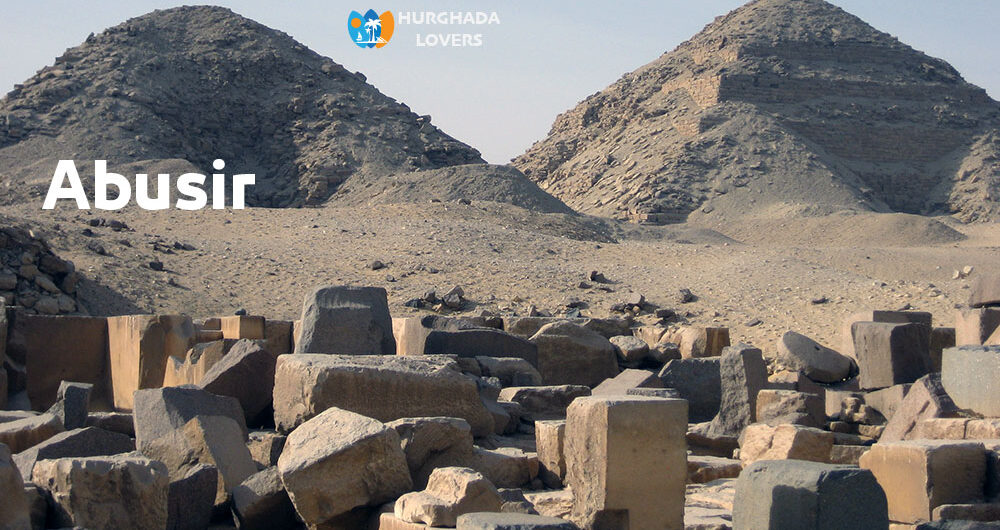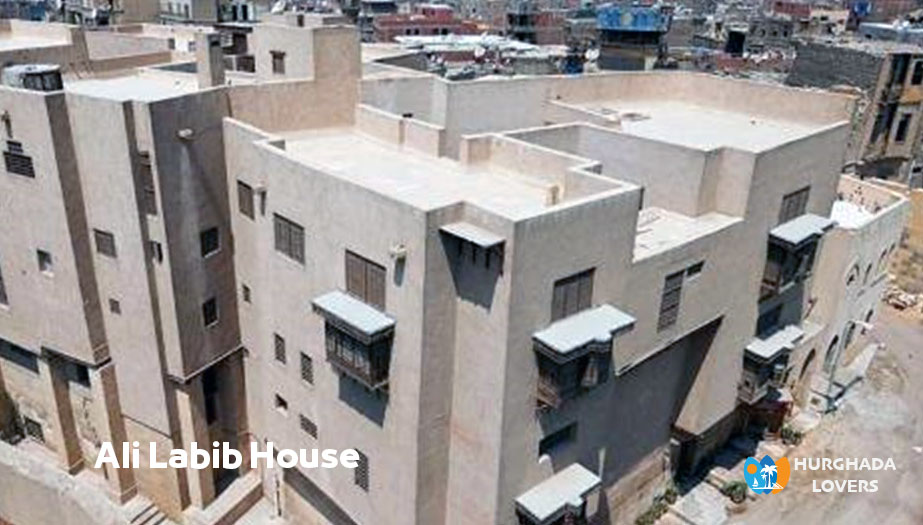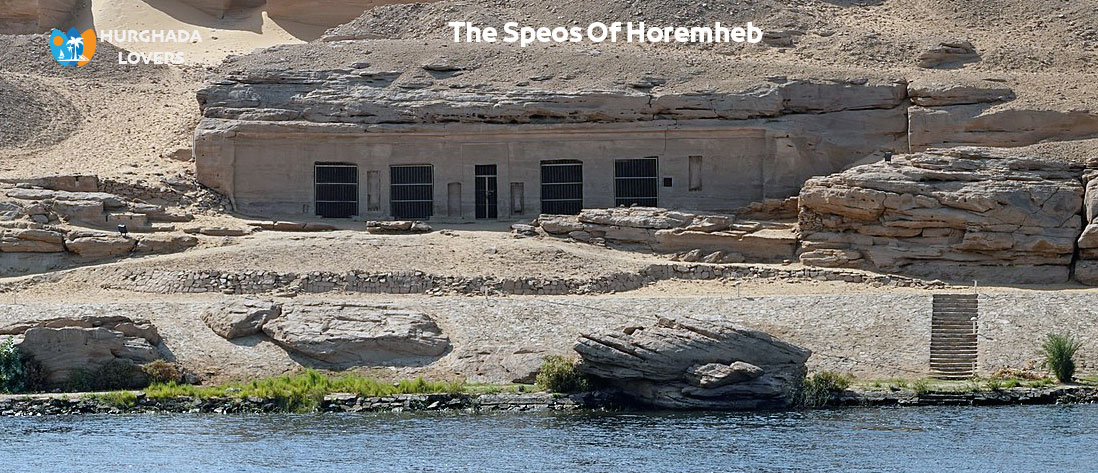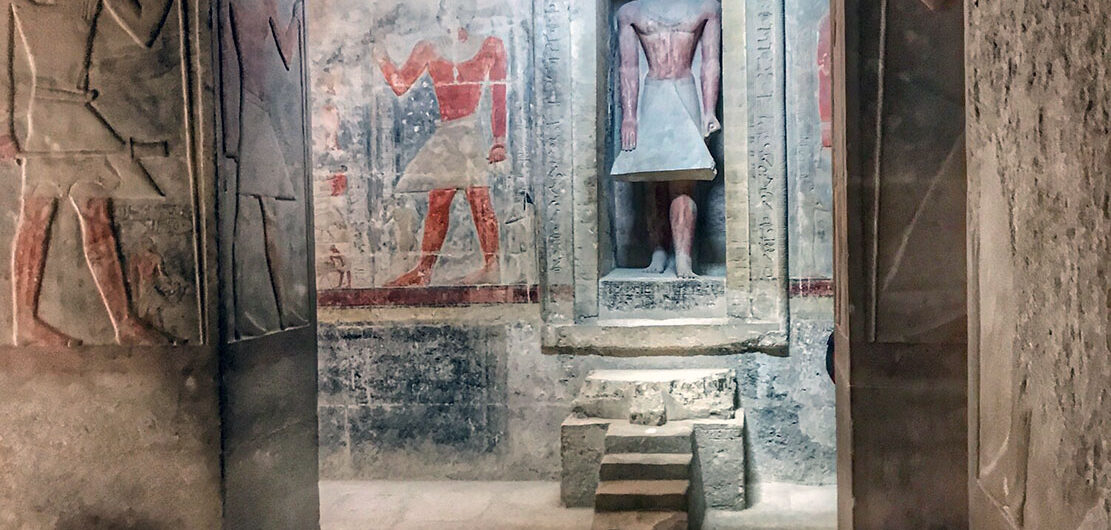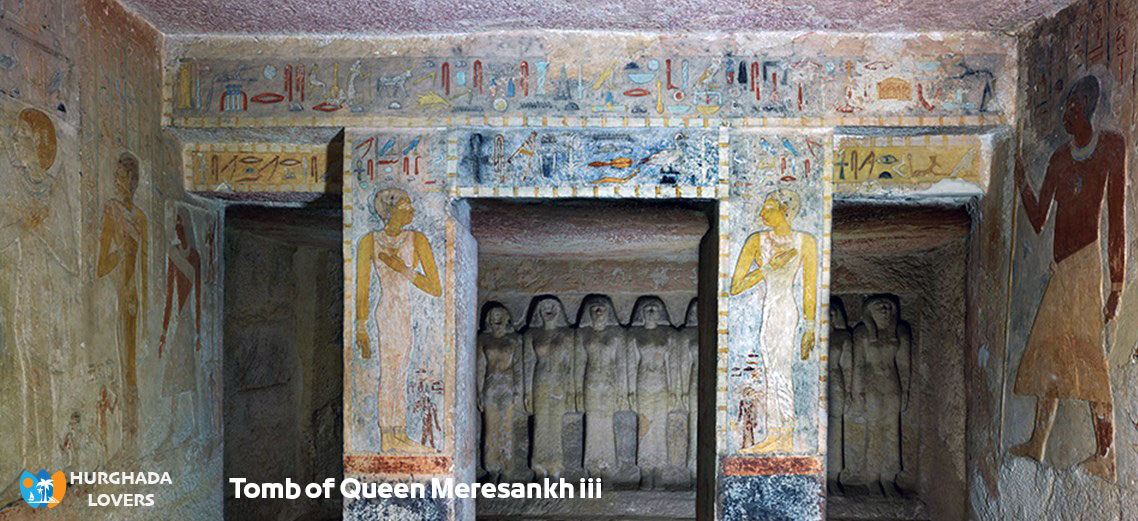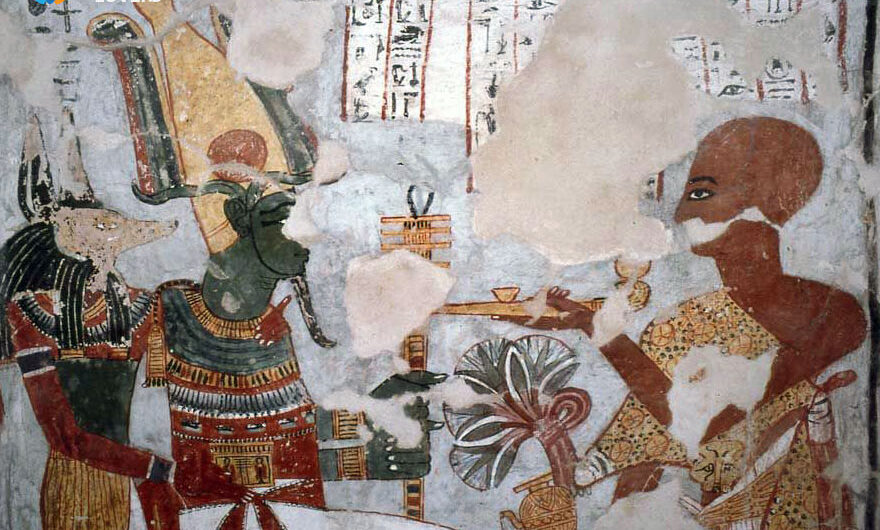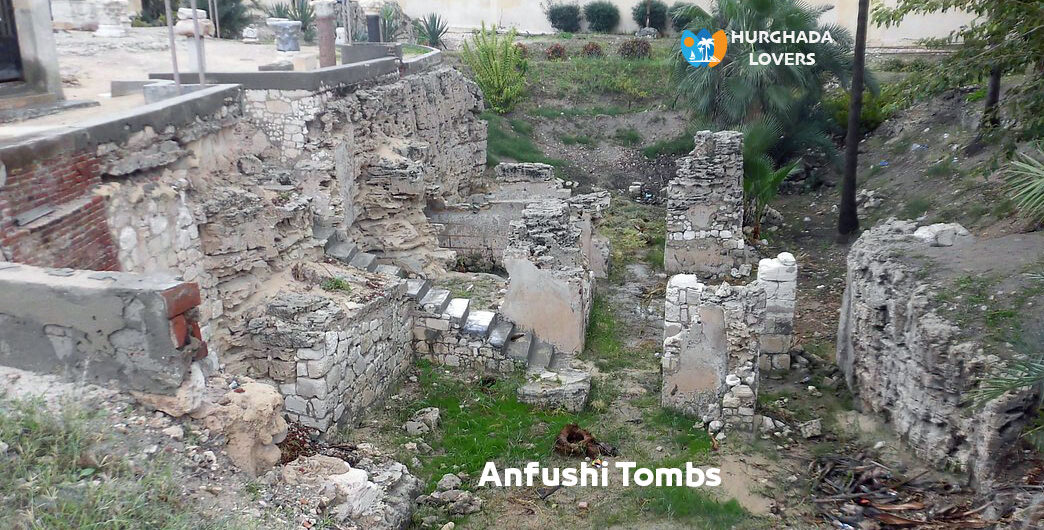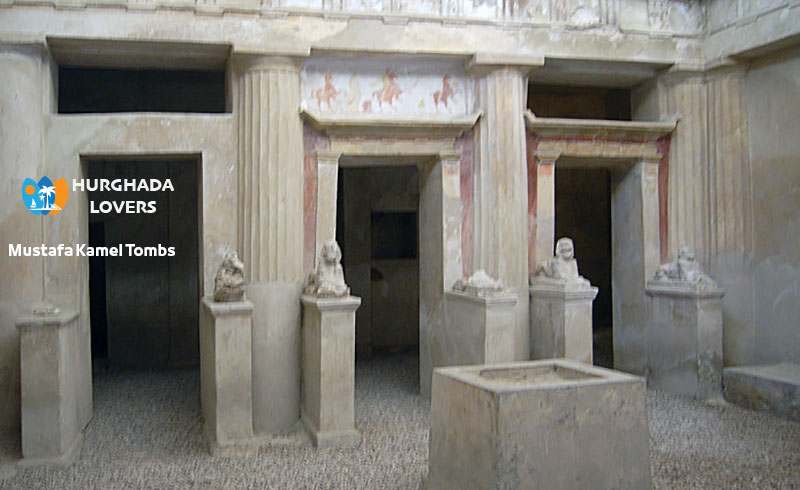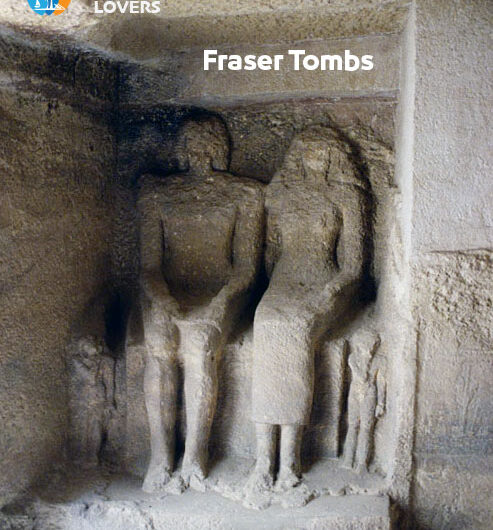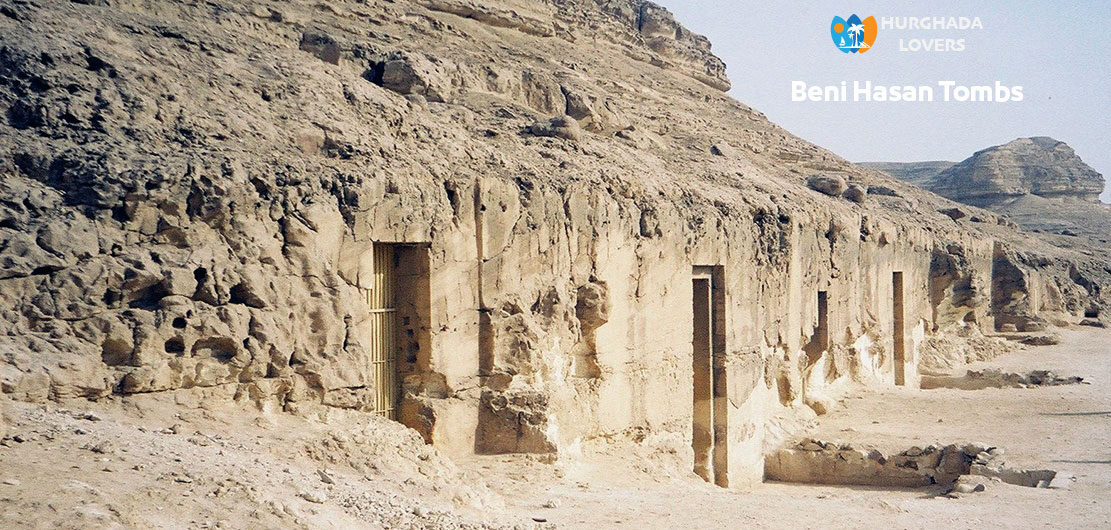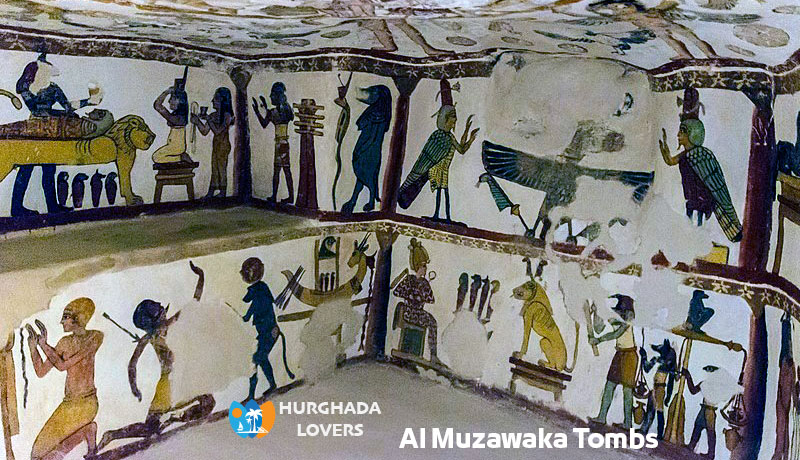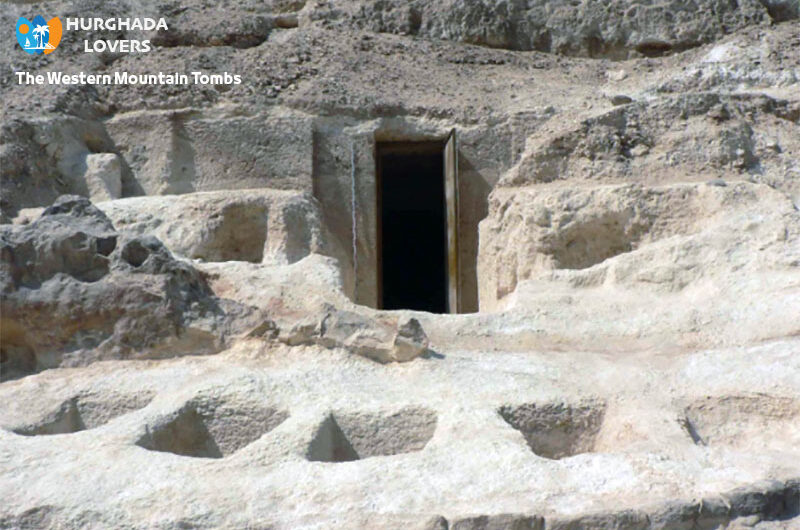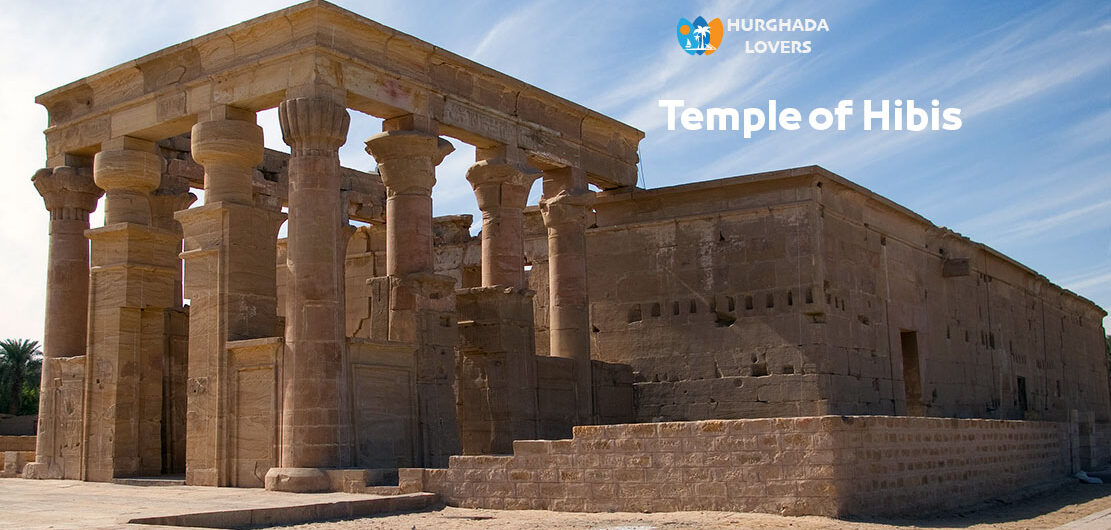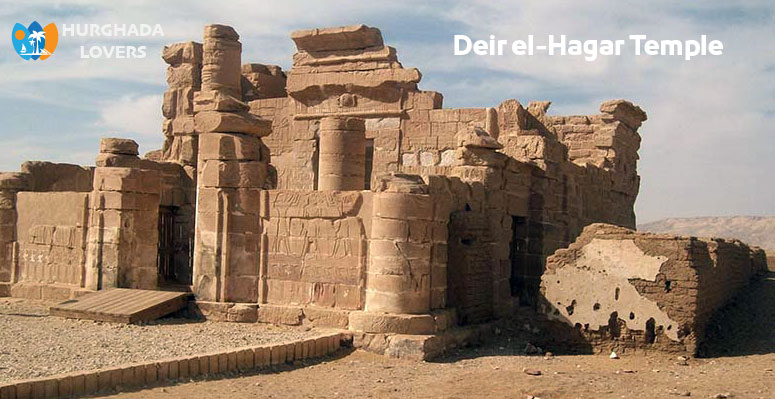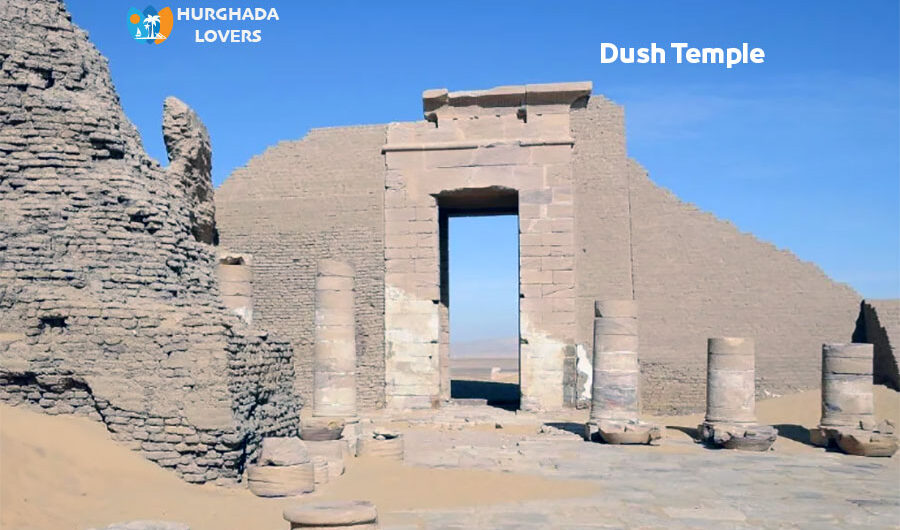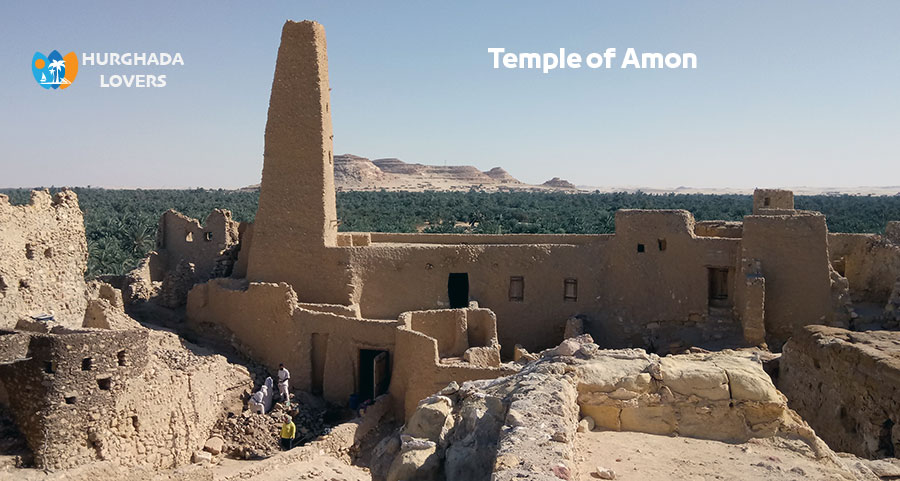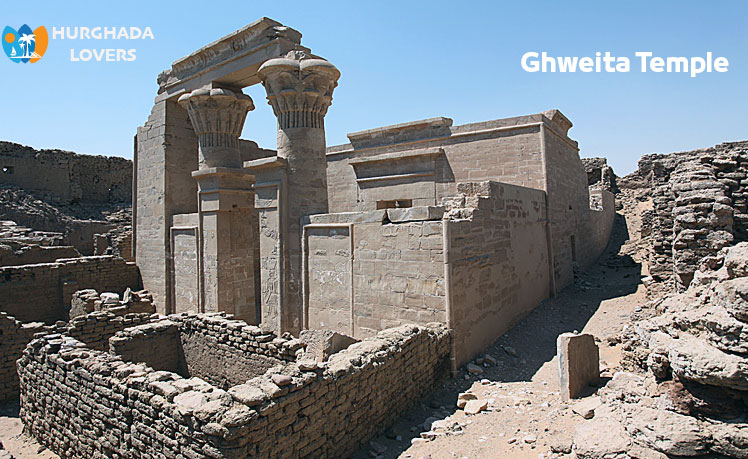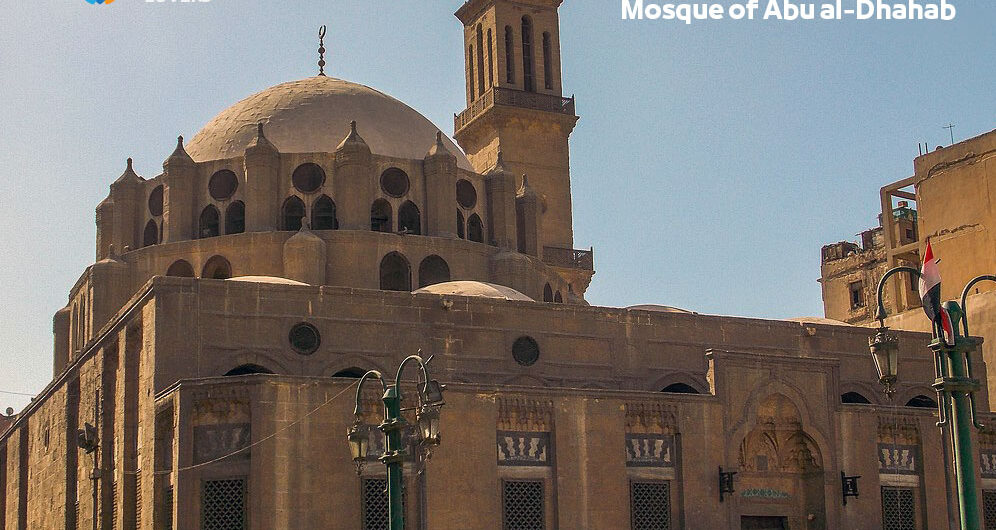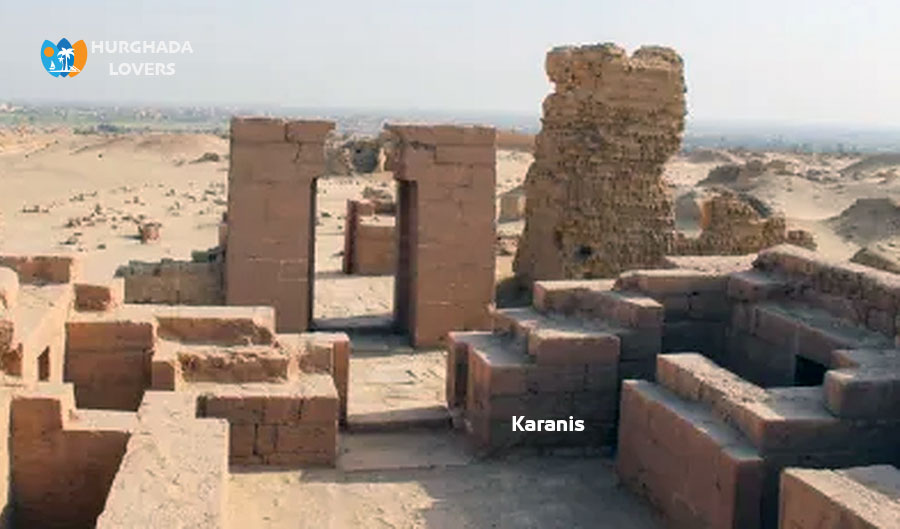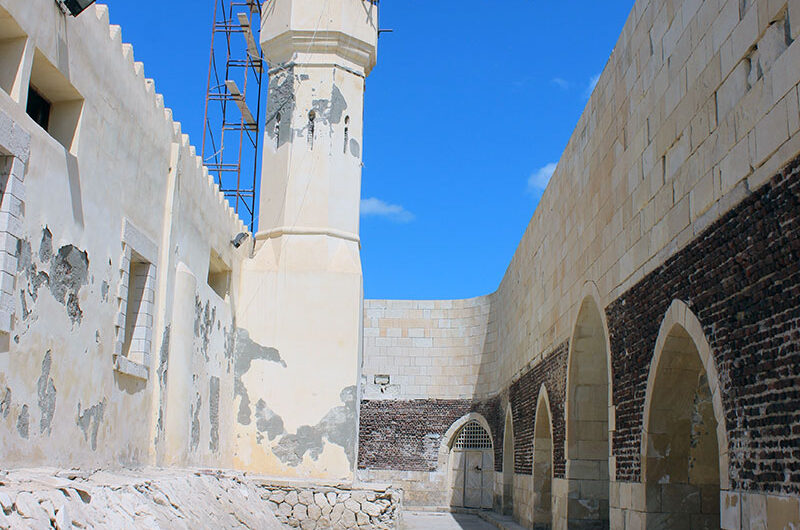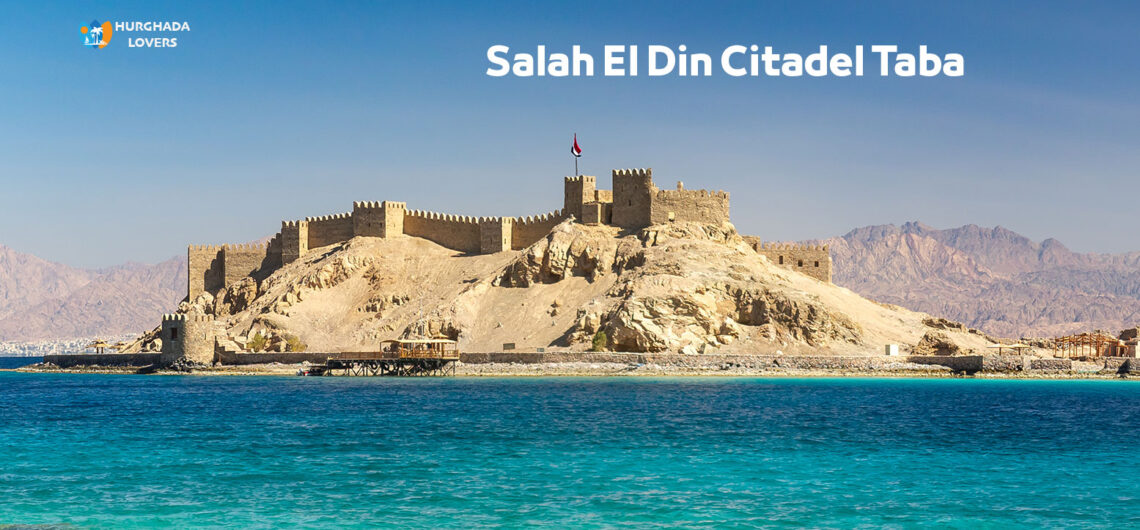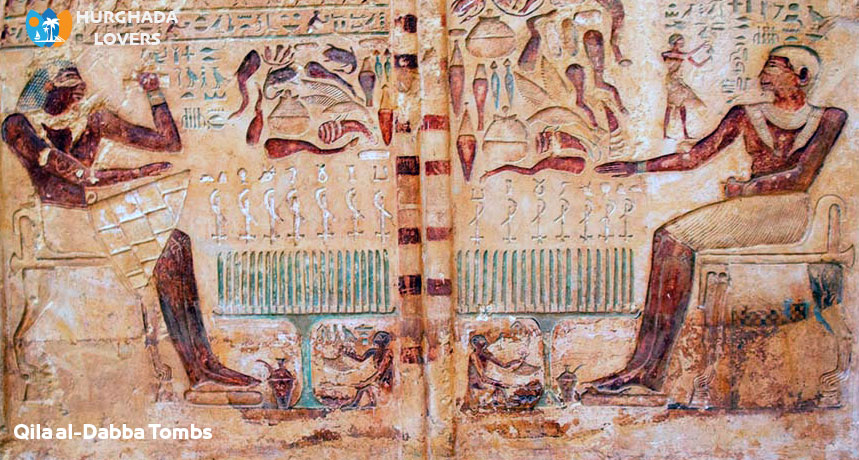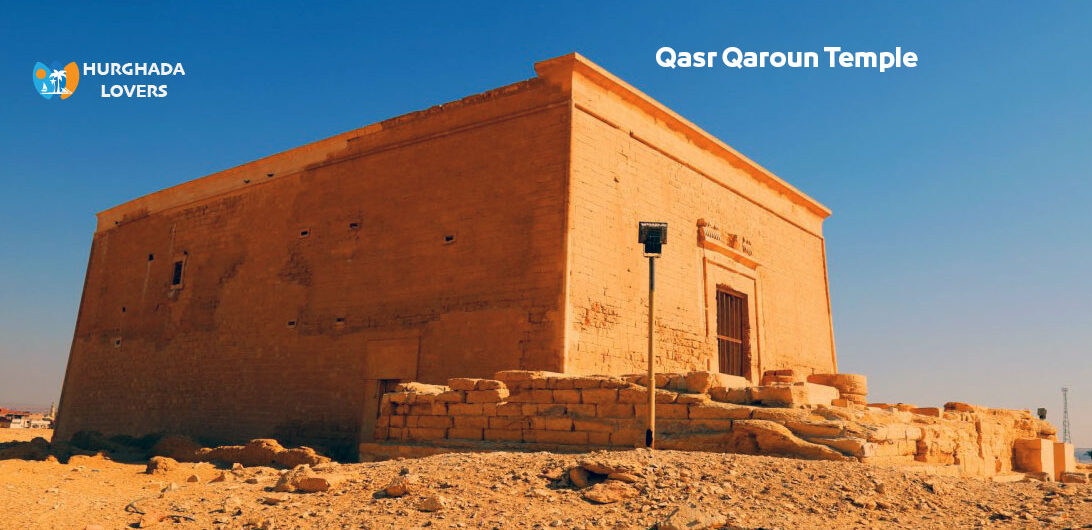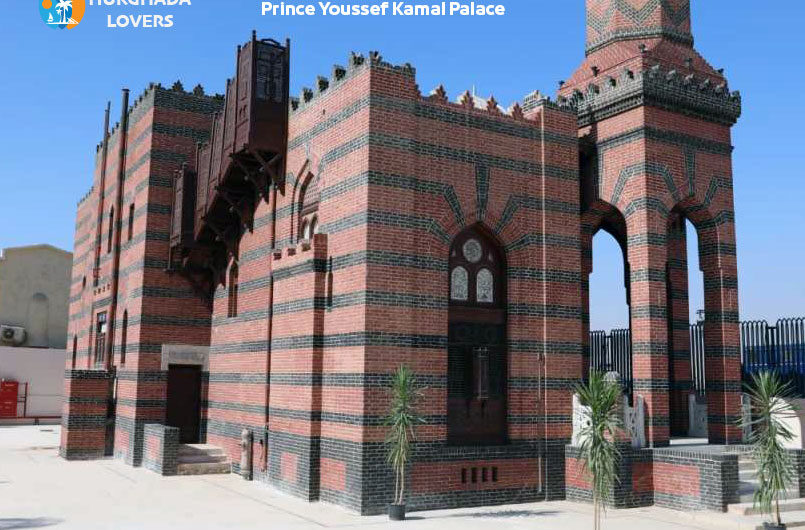Castle El Quseir in Red Sea, Egypt | Facts El Quseir Fort, History The Ottoman Castles Map, Entrance Fees, opening hours and more. The history and facts of building the most important historical castles and monuments from the Ottoman era, what are the working hours, the price of the entrance ticket and more. In fact, Al-Qusayr Castle, that famous or ancient castle near the coast of the Red Sea, was built during the reign of the ruling Ottoman Sultan at his time, Selim II. Hurghada lovers Offer Luxury Hurghada to Pyramids Tours | El Gouna to Pyramids Tours | Makadi bay to Pyramids Tours | Sahl Hasheesh to Pyramids Tours | Soma bay to Pyramids Tours . Castle El Quseir When and why was Quseir Castle established? ● It was created at the suggestion of the governor of Egypt at the time, and it was called Sinan Pasha, in order to be able to protect all the coming convoys, pilgrims and commercial caravans, and then at the same time protect the port and all the inhabitants of the city. ● Accordingly, the governor issued an enforceable order to establish it to meet that purpose, but not as it was spread from its construction that it was named after the castle of Muhammad Ali in the city of Al-Qusayr. ● But the opposite has been shown from the Ottoman decree regarding the order of its construction and establishment that it goes back to that Ottoman Sultan at this time, who is Selim II, and not to Muhammad Ali. ● Also, this castle dates back its archaeological history to almost the Ottoman era, and this matter was similar to all other castles that were built at that time to protect the Ottoman Empire, that country, of which Egypt was already an integral
Castle El Quseir in Red Sea, Egypt | Facts El Quseir Fort, History The Ottoman Castles Map, Entrance Fees, opening hours and more. The history and facts of building the most important historical castles and monuments from the Ottoman era, what are the working hours, the price of the entrance ticket and more. In fact, Al-Qusayr Castle, that famous or ancient castle near the coast of the Red Sea, was

